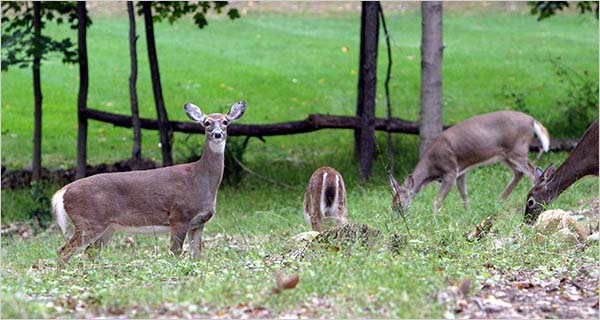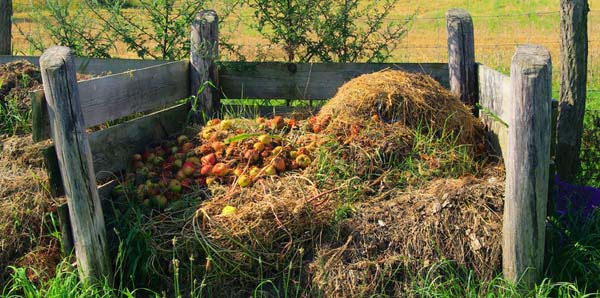Here is a helpful list of plants that attract butterflies. Plant these in your garden or yard to have a front row seat to view some of the animal kingdom’s most beautiful insects!
 Butterfly Bush (Buddleia selections)
Butterfly Bush (Buddleia selections)
Butterfly Bush is an Annual shrub that features flowers in shades of blue, purple and white. Grown in the summer, this plant will attract butterflies all season long. At full growth, this plant can be 10 feet tall and 15 feet wide depending on type. For best results, plant in full sun with moist and well drained soil. This plant flourishes in zones between 5 and 9.
 Phlox (Phlox paniculata)
Phlox (Phlox paniculata)
Phlox is a Perennial flower that has beautiful bunches of red, pink, lavender, salmon, or white blooms. Grown in the summer, this plant has a light scent that pleases not only our noses but also the hungry butterflies. At full growth, this plant can be 4 feet tall and 1 foot wide. For best results, plant in full sun with well drained soil. This plant grows best between zones 4 and 8.
 Anise Hyssop (Agastache foeniculum)
Anise Hyssop (Agastache foeniculum)
Anise Hyssop is a Perennial flower that is a beautiful shade of purple that is great for cutting. Grown in the late summer, this plant is super heat and drought tolerant, and also avoided by deer and rabbits! At full growth, this plant can reach 5 feet tall and 2 feet wide. For best results, plant in full sun with well drained soil. This plant is successful between zones 4 and 10.
 Butterfly Weed (Asclepias tuberosa)
Butterfly Weed (Asclepias tuberosa)
Butterfly Weed is a Perennial flower that has bright orange flowers that are highly attractive to butterflies. Grown in the summer, this plant helps sustain the life cycle of Monarch butterflies. At full growth this plant can be 3 feet tall and 1 foot wide. For best results, plant in full sun with well drained soil. This plant flourishes between zones 4 and 9.
 Aster (Aster selections)
Aster (Aster selections)
Aster is a Perennial flower that blooms in shades of blue, purple, pink, red and white and also resembles the Daisy flower. Grown in the fall, the blossoms supply nectar for fall butterflies including Pearl Crescent Caterpillars. At full growth, this plant can reach 5 feet tall and 2 feet wide. For best results plant in full sun with moist, well drained soil. This plant grows best between zones 3 and 8.
Purple Coneflower is a Perennial that blooms bright purple flowers. Grown in the summer, this plant is very heat and drought tolerant. Many types of butterflies enjoy the nectar during the summer heat. At full growth, it can reach 5 feet tall and 2 feet wide. For best results plant in full sun with well drained soil. This plant grows best between zones 3 and 9.
Salvia is a Perennial flower, unless bloomed in colder regions. Typically grown in the summer, Salvia blooms in many colors and sizes. Colors include: blue, purple, red, orange, and pink. At full growth, Salvia can reach 3 feet tall and 1 foot wide. For best results plant in full sun with moist, well drained soil. This plant flourishes in zones between 4 and 9.
Lantana is also a Perennial flower unless grown in colder regions. Grown in the summer, Lantana blooms in shades of lavender, pink, orange, yellow, cream, and white. This plant is ideal for borders or placed in beds. At full growth, Lantana can be 3 feet tall and 3 feet wide. For best results plant in full sun with well drained soil. This plant grows best in zone 10.
Pentas is an annual flower that dawns star shaped blooms in colors of pink, red and white. Grown typically in the summer, this plant holds up to drought very well and loves hot conditions. At full growth, Pentas can reach up to 4 feet tall and 3 feet wide. For best results plant in full sun with well drained soil. This plant flourishes in zones 10 and 11.
 Passionflower (Passiflora incarnata)
Passionflower (Passiflora incarnata)
Passionflower is an exotic vine flower that will give your garden a look of tropicana. Passionflower blooms in vibrant shades of purples and lavenders. Grown as both annual and perennial blooms, passionflower is grown in the summer. At full growth, Passionflower can climb 10 feet. This plant flourishes inn zones between 6 and 9.
 Mexican Sunflower (Tithonia rotunifolia)
Mexican Sunflower (Tithonia rotunifolia)
Mexican Sunflower is an annual flower grown in the summer. Blooming in vibrant oranges, this plant is sure to give your garden a lovely pop of color. At full growth, this flower can reach up to 6 feet tall and 1 foot wide. This plant grows best in warm regions.
 South American Verbena (Verbena bonariensis)
South American Verbena (Verbena bonariensis)
South American Verbena is a Perennial plant unless grown in colder regions. Verbena is a flower that is perfect for cuttings, each time you cut it, more flowers grow back. Verbena blooms in in lavender purple blooms and grows best in summer. At full growth, Verbena can reach 6 feet tall and 2 feet wide. It grows best in zones between 7 and 10.
Zinnias are Perennial flowers that come in a variety of colors. Grown in the summer, Zinnias are the perfect addition to any garden. At full growth, these boisterous flowers can reach 3 feet tall and 1 foot wide. Zinnias can be grown almost anywhere where there is heat.
Joe Pye Weed, is not what you think it is. While sounding like something you should pick instead of plant in your garden, Joe Pye Weed is a suprisingly refreshing look for your fall garden. Dusty pink flowers, can grow up to 7 feet tall and 3 feet wide. This Perennial flower grows best in zones between 3 and 9.
Black Eyed Susan, is a tough Perennial flower that grows in the late summer. With bright yellow petals and a dark center, Black Eyed Susans are a great addition to any garden or bouquet. At full growth, these flowers can reach up to 6 feet tall and 3 feet wide. They grow best in zones between 4 and 9.
Fennel is a plant not just for eating. Fennel can add a great contrast and texture to any garden. Many swallowtail butterflies lay eggs on Fennel plants in the fall. Fennel is a perennial plant unless in cooler areas. Fennel can reach up to 6 feet tall and 2 feet wide. This plant flourishes in zones between 4 and 9.
 Coreopsis (Coreopsis ‘Moonbeam’)
Coreopsis (Coreopsis ‘Moonbeam’)
Coreopsis is a bright Perennial flower that grows in the summer. These flowers are great to look at due to the bright yellow flowers against the dark green foliage underneath. At full growth these plants can reach 18 inches tall and wide. These flowers bloom best between zones 3 and 8.
Thank you to Better Homes and Gardens for the original information and photographs. You can read more here.





























